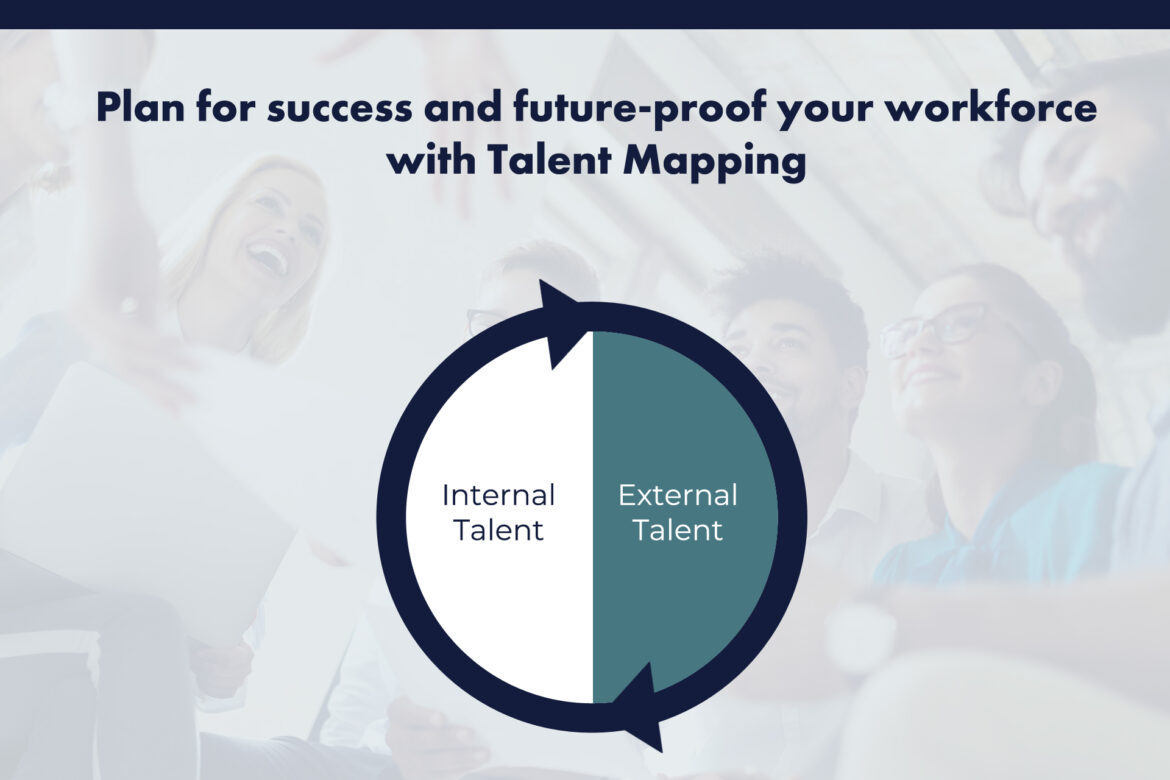Talent mapping is a strategic process used by human resources (HR) departments to identify and manage talent within an organization. It involves creating a comprehensive overview of the skills, competencies, and potential of employees in order to align them with the organization’s goals and future talent needs. A skills-focused approach to talent mapping emphasizes identifying and developing specific skills and capabilities within the workforce. Here’s how HR can use this approach effectively:
- Identify key skills and competencies: HR should work closely with managers and stakeholders to determine the critical skills and competencies needed to achieve the organization’s strategic objectives. These skills can vary based on industry, job function, and the organization’s specific goals.
- Assess current workforce skills: HR can conduct skills assessments or surveys to evaluate the existing skill set of employees. This can involve self-assessments, performance evaluations, or even external assessments to gather comprehensive data on employee skills and competencies.
- Identify skill gaps: By comparing the desired skills with the current skill set, HR can identify skill gaps within the organization. This helps in understanding the areas where additional training, hiring, or talent development initiatives are required.
- Develop training and development programs: Once skill gaps are identified, HR can design targeted training and development programs to bridge those gaps. This can include internal training sessions, external workshops, e-learning platforms, mentoring programs, or certifications. The focus should be on equipping employees with the necessary skills to meet current and future organizational needs.
- Encourage cross-functional and lateral moves: HR can promote a culture of skill development by encouraging employees to take on cross-functional or lateral roles within the organization. This helps employees expand their skill set and gain exposure to different areas of the business, while also enabling the organization to tap into hidden talent.
- Succession planning: A skills-focused approach to talent mapping goes hand-in-hand with succession planning. HR should identify high-potential employees who possess the skills and potential to take on key leadership roles in the future. By nurturing and developing these individuals, the organization can ensure a smooth transition when senior positions become vacant.
- Leverage technology: HR can leverage technology solutions, such as talent management software or learning management systems, to streamline the talent mapping process. These tools can assist in tracking employee skills, providing personalized learning resources, and identifying potential talent within the organization.
- Regularly review and update talent maps: Talent mapping is an ongoing process. HR should regularly review and update talent maps to reflect changes in organizational needs, employee skills, and industry trends. This ensures that talent management strategies remain relevant and aligned with the organization’s evolving requirements.
By adopting a skills-focused approach to talent mapping, HR can effectively identify, develop, and retain the right talent to drive organizational success. It enables HR to proactively address skill gaps, nurture employee growth, and align the workforce with the organization’s strategic goals.
Became a Certified HR Professional. Join Next Innovation Asia, The best HR Training Institute in chennai, we offering Practical HR Courses with Assured Job Support.
Join us to grow your career in HR Domain

